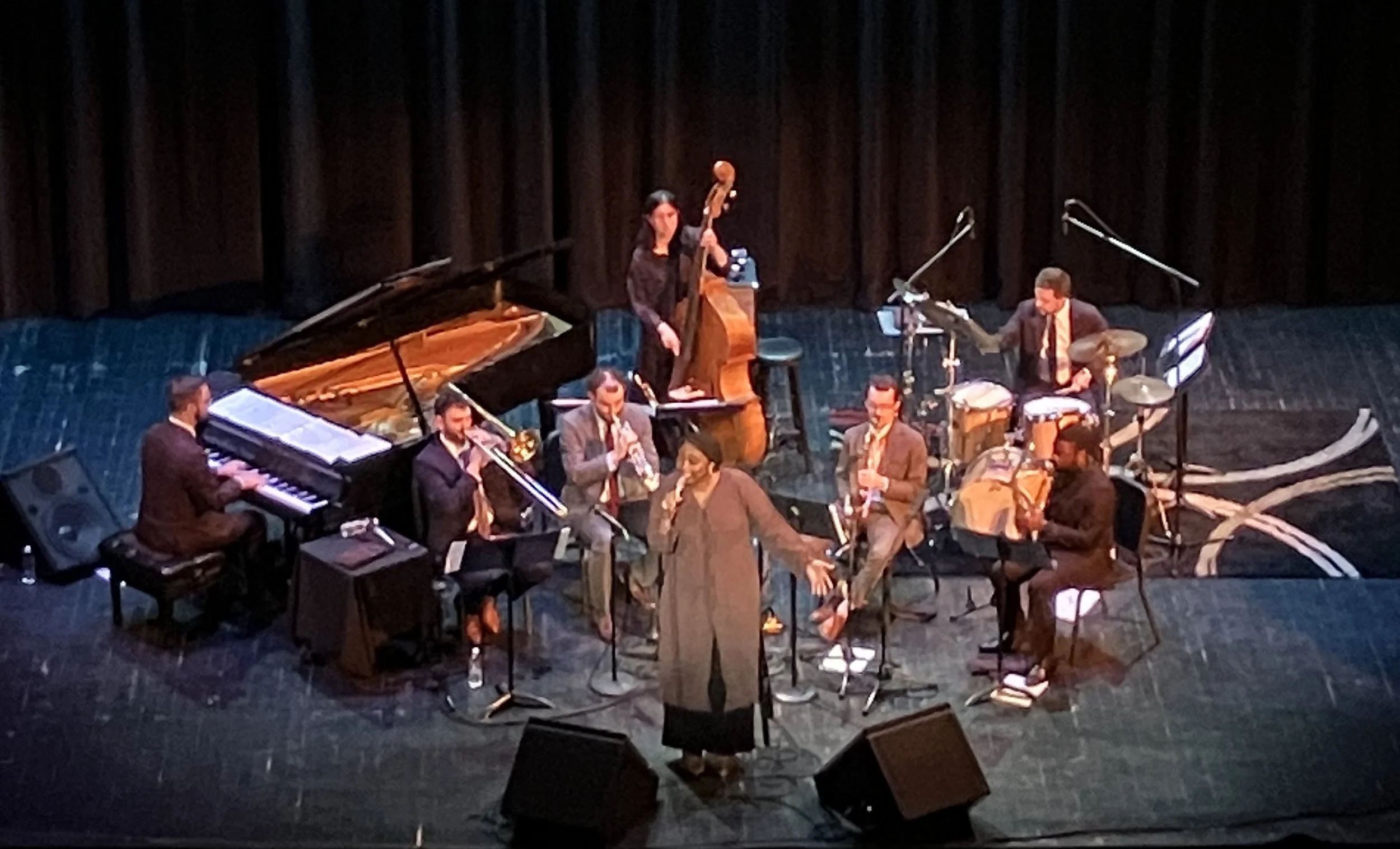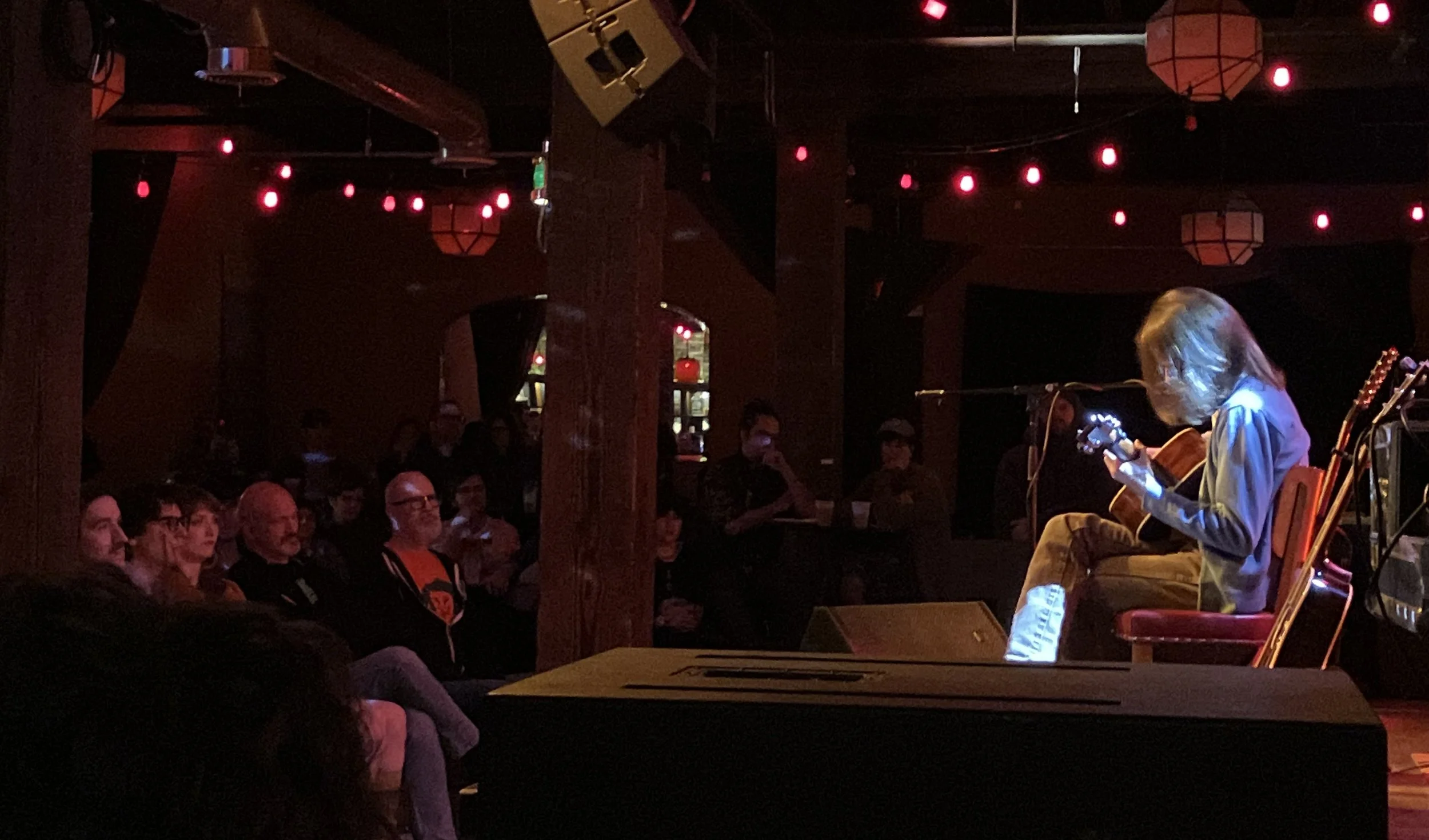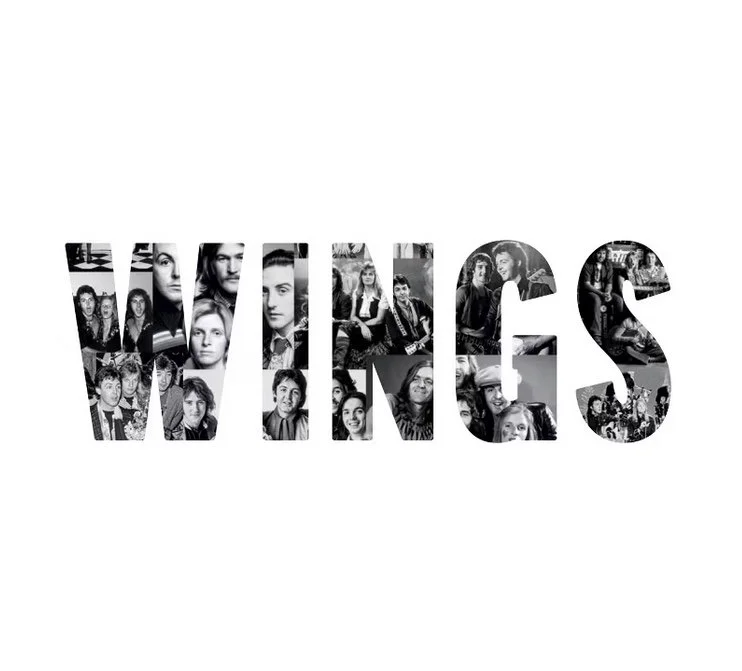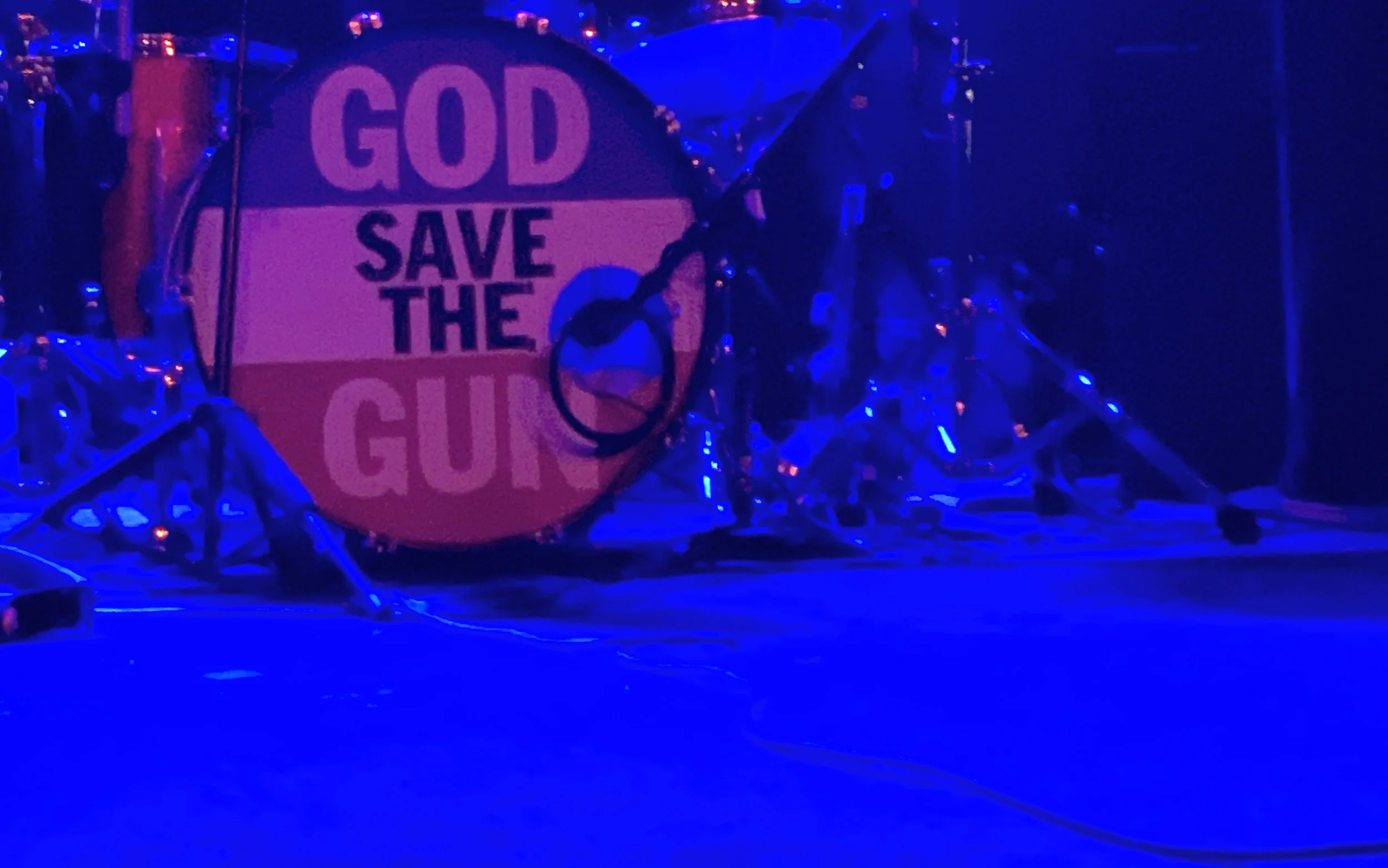I’m baffled by the spiteful allegations of cynics regarding malevolent algorithms. I intentionally select everything I hear on streaming services. The playlist of my fifty favorite songs of the year is the result of deliberate exploration. Mainstream country, spiritual jazz, regional Mexican music, party anthems, alternative gospel and political screeds are unruffled bedfellows on my bespoke sound system. I’ve ordered the tracks to attain a semblance of continuity, but I tend to love the songs at the top a bit more than the selections near the end. Salvant’s indispensable Toni Morrison-inspired composition, however, is in first place for a reason. As always, none of the lead artists featured here appear on the ranking of my favorite albums of 2025.
1. Cécile McLorin Salvant- “What does blue mean to you?”
2. Sault- “L.U.”
3. BadBadNotGood featuring V.C.R- “Found a Light (Beale Street)”
4. Nathy Peluso featuring Rawayana- “Malportada”
5. Carin León, Diego El Cigala and Chanela Clicka- “Te Quiero Y Me Miento”
6. Charlie Hunter and Ella Feingold- “Shirley Chisholm”
7. Gabriel Jacoby- “Be Careful”
8. Okonski- “October”
9. Damon Locks- “Holding the Dawn in Place (Beyond, Pt. 2)”
10. SML- “Chicago Four”
11. DJ Koze- “Aruna”
12. Emma-Jean Thackray- “Thank You For the Day”
13. Sherelle- “Don’t Want U”
14. Danny Brown featuring Quadeca- “Book of Daniel”
15. Horsegirl- “Where’d You Go?”
16. Kali Uchis- “Sugar! Honey! Love!”
17. Saya Gray- “...Thus Is Why (I Don’t Spring 4 Love)”
18. Alfa Mist- “Avoid the Drones”
19. Larry June, 2 Chainz and the Alchemist- “Bad Choices”
20. MC Yallah- “Tunyedde”
21. PremRock featuring Cavalier and Eludid- "A Good Man Is Hard to Find"
22. Speed- “Peace”
23. Charli xcx featuring John Cale- “House”
24. Lorde- “What Was That”
25. Mackenzie Carpenter featuring Midland- “I Wish You Would”
26. Morgan Wallen- “I’m the Problem”
27. Evan Bartels- “Montana”
28. Jordan Davis- “Bar None”
29. Lorna Kay- “I’m Never Drinking Again (Again)”
30. Black Country, New Road- “Happy Birthday”
31. Marshall Allen featuring Neneh Cherry- “New Dawn”
32. Lonnie Holley- "That's Not Art, That's Not Music"
33. Chance the Rapper featuring Jamila Woods- “No More Old Men”
34. Key Glock- “Watch Da Throne”
35. TheBabeGabe featuring Monogram- “1999”
36. Burna Boy- “Sweet Love”
37. Little Simz- “Free”
38. Gabito Ballesteros and Fuerza Regida- “Chrome Hearts”
39. Mekons- “Before the Ice Age”
40. СОЮЗ featuring Tim Bernardes- “Lingua Do Mundo”
41. Lil Wayne- “Welcome to Tha Carter
42. Mobb Deep- "Against the World"
43. Viagra Boys- “You N33d Me”
44. Sam Gendel and James McAlister- “Stair 1”
45. Brandee Younger- “Gadabout Season”
46. Bon Iver featuring Dijon and Flock of Dimes- “Day One”
47. Margo Price and Tyler Childers- “Love Me Like You Used Do”
48. Lana Del Rey- “Henry, come on”
49. Colter Wall- “Memories and Empties”
50. Bonnie “Prince” Billy- “Turned To Dust (Rolling On)”
See also: The Top Performances of 2025, The Top Albums of 2025, The Top EPs of 2025, The Top Reissues and Reimaginings of 2025
and
The Top Albums, EPs and Reissues of 2024, The Top Songs of 2024, The Top Performances of 2024






















